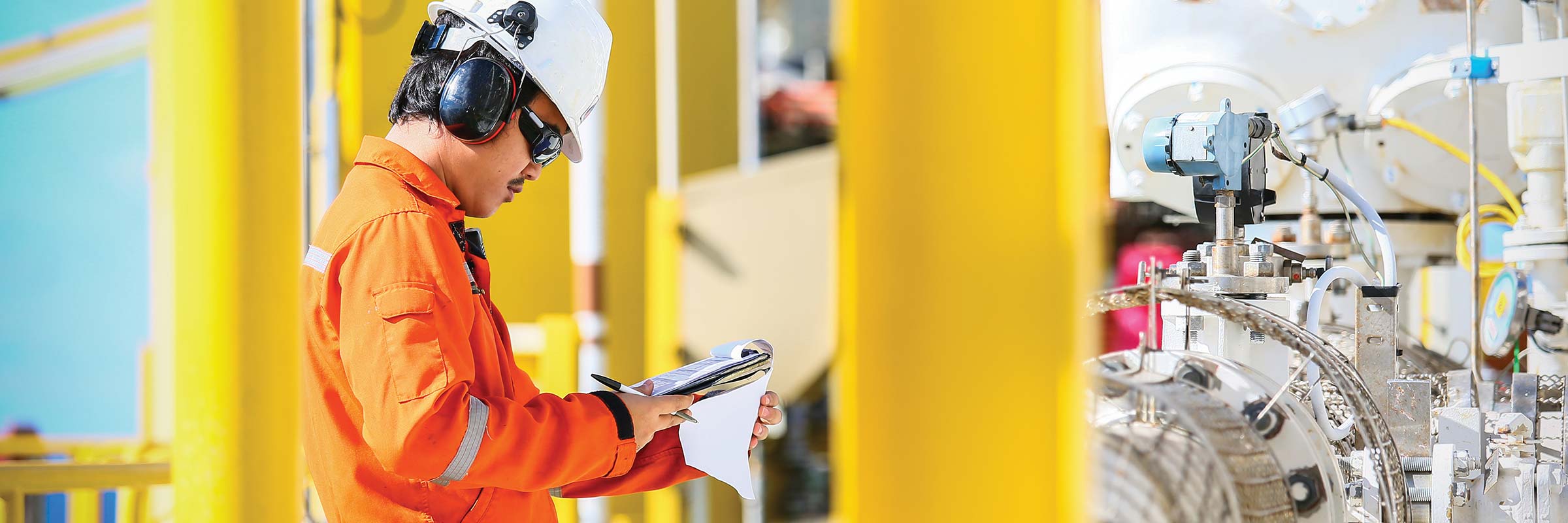

The majority of infrastructure installed 20 plus years ago is approaching its end-of-life cycle and the expectation is that the reliability of end-of-lifecycle equipment will decrease exponentially. In most cases, direct replacement of equipment is not practical given the latest OEM offerings are often are smaller, and technologically superior pieces of equipment.
To navigate this space companies can reduce the impact their end-of-life cycle assets could have on the business, by planning a comprehensive strategy to transition assets into the next generation, meeting future needs of the business, and minimising disruption to production and services. Ideally, this is a whole-of-business strategy across operations, engineering, and finance to ensure the right mix of plant performance, reliability, and business spending is achieved.
Reduce reactivity asset management checklist
Literature reviews, desktop assessments, and field inspections allow businesses to quantify the asset’s condition, capacity, and compliance and give businesses the opportunity to predict the reliability of assets.
Literature reviews:
- Assess literature reviews on different assets and analyse maintenance records to help predict failure or poor reliability.
- Evaluate where the asset is in its lifecycle, and research the options for technical support from OEMs, and or replacement alternatives.
- Gain a deeper understanding of the latest offerings regarding technology and manufacturing and whether there are non-OEM sources of spares and support.
Desktop assessments:
Like literature reviews, businesses have access to drawings and information without going to site.
- Assess all equipment in the business’s possession, including maintenance records, breakdowns, and failure investigation reports.
- Understanding the age of an asset and whether a vendor will be able to stock parts and replacements in the future is extremely important. If a business is already in the process of locating a replacement, vendors may also be able to advise ready-made alternatives to source. Collating this information in advance allows for a plan to be actioned if something breaks unexpectedly.
Field inspections:
- Inspect, measure, test, and record performance and operating characteristics.
- If a desktop review flagged any asset concerns undertake a field inspection checking for signs of degradation such as rust, oil leaks, broken panels, or hinges and test for any electrical issues.
A road map and schedule will help deliver project and maintenance actions in line with the asset’s transition and business goals.
- Develop strategies to mitigate and manage when equipment breaks. Avoid reactive scenarios by planning actions to support continued operation, minimising unplanned outages, and maintenance of businesses assets.
- Align the transition of assets with the next-generation business goals.
- Understand the long-term cost of the asset upfront and strategising spending habits assists accordingly. Build a five, ten, and fifteen-year plan to assess what money goes into capital or operational expenses. If a transformer blows up in the middle of the night, it’s an operational expense. If a business replaces a transformer ahead of time, it’s a capital expense.
- Ensure budgets and asset management costs are planned in advance, mitigating against any unforeseen complications which can affect project budgets.
Creating an asset management strategy report, including an optional assessment and financial evaluation, assists in aligning a business’s needs and goals.
- An asset management strategy report provides proactive steps to help reduce the occurrence of major incidents and reduces expensive, reactive responses to incidents should they occur.
- Analyse the equipment being bought – sourcing locally means businesses have more control. Documenting equipment specifications and monitoring the build will help when sourcing replacement equipment, but also enables nearby vendors to assist if something goes wrong.
Strategising for a better future
Mapping out multiple scenarios and planning for the life-cycle stages of asset is hugely beneficial both financially and operationally. Going forward with a comprehensive plan and allocated expenses can safeguard a business’s assets future and help with the successful transition of assets into the next generation of a business.
Get to know the author Terry McCauley’s experience
As Manager – Power & Energy in Townsville, Terry has completed condition, capacity and compliance assessments on electrical infrastructure including HV and LV switchgear & power reticulation networks, transformers, generators, motors and motor control equipment. Assessments have been undertaken for defence, mining, manufacturing and industrial clients.
Terry has completed efficiency improvement and asset reliability improvement investigations on combined cycle gas turbine power stations and mineral processing plant electrical infrastructure.
Related
insights
 ‘Elegant, innovative and sustainable’ – ENR Global Best Rail Project
‘Elegant, innovative and sustainable’ – ENR Global Best Rail Project
SMEC took the role of Design Lead on the project which involved building a four-kilometre elevated skytrain and a 270-metre curved, cable-stayed rail bridge over Windsor Road at Rouse Hill.







